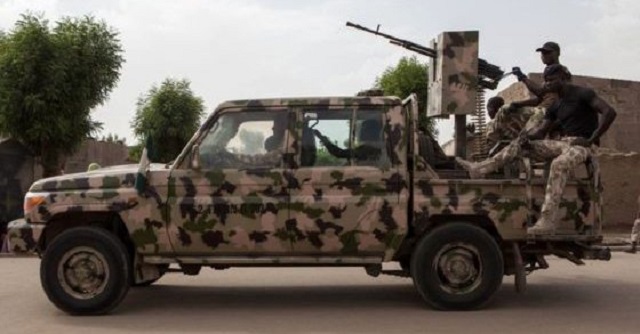
– Girls affected –
Boko Haram’s quest to establish a hardline Islamic state has left at least 20,000 people dead and more than 2.6 million homeless since 2009.
The group’s name translates roughly from Hausa as “Western education is forbidden” and schools teaching a so-called secular curriculum have been repeatedly targeted.
According to the UN children’s fund Unicef, nearly 1,400 schools have been destroyed and more than 2,295 teachers have been killed in the last nine years.
Some of the most high-profile attacks have been against schoolchildren, including in February 2014, when at least 43 boys were killed in the Yobe town of Buni Yadi.
Such attacks, the fear they cause and lengthy school closures that follow, have done little to improve low levels of education in the northeast.
The Africa Health, Human and Social Development Information Service said in 2015 that more than half (52.4 percent) of men and boys aged six and above in the northeast had no education.
For girls and women, it neared two-thirds (61.1 percent). In Yobe, the figures rose to 83.3 percent for males, indicating an even higher score for females.
In Nigeria as a whole, Unicef has said some 8.7 million children aged six to 11 are not in school.
Of those, about five million are estimated to be girls — possibly the highest number in the world.
Yagana Mustapha, 15, who escaped the kidnapping in Dapchi, said: “The number of girls that go to school in this region is not much.
“Parents will be more unwilling to allow their daughters to go to school. They will be afraid Boko Haram will kidnap them.”
 The Independent Uganda: You get the Truth we Pay the Price
The Independent Uganda: You get the Truth we Pay the Price



